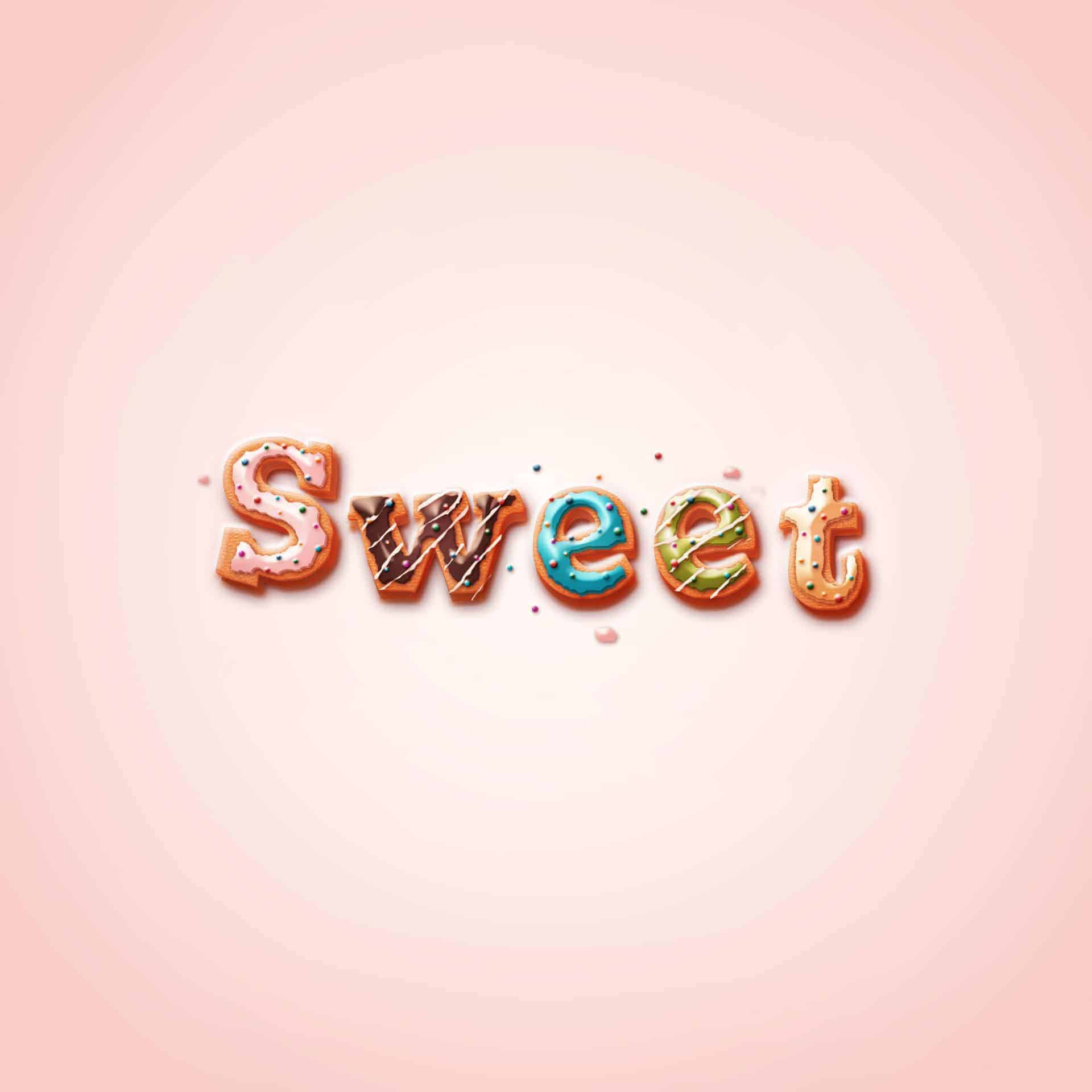A Feast for the Eyes: A Step-by-Step Guide to Creating Delicious Donut Text That Will Make You Hungry

Introduction:
In the world of graphic design and creative typography, the ability to make text not only convey a message but also evoke visceral reactions is a coveted skill. One delectable trend that has gained popularity is the creation of delicious donut text—text that not only communicates information but also tantalizes the taste buds visually. In this comprehensive guide, we will explore the step-by-step process of crafting mouthwatering donut text that will make viewers crave the real thing.
Section 1: The Allure of Delicious Donut Text
Subsection 1.1: The Visual Impact of Food Typography
Delve into the concept of food typography and its visual impact. Discuss how using food, especially delectable items like donuts, in design can create an immediate connection with the audience, tapping into their sensory experiences and eliciting strong reactions.
Subsection 1.2: Why Donuts? Exploring the Universal Appeal
Explore the universal appeal of donuts and why they make for an ideal subject in creating visually enticing text. Discuss the cultural significance, popularity, and the intrinsic allure of donuts that transcends geographic and culinary boundaries.
Section 2: Setting the Stage – Tools and Software
Subsection 2.1: Graphic Design Software Selection
Discuss the importance of choosing the right graphic design software for creating donut text. Explore popular choices such as Adobe Photoshop, Illustrator, or other design tools that provide the necessary features for manipulating text and creating realistic effects.
Subsection 2.2: Additional Resources and Plugins
Introduce additional resources and plugins that can enhance the process of creating delicious donut text. Explore pre-made textures, brushes, or 3D modeling plugins that can streamline the design process and add realism to the final result.
Section 3: Crafting the Perfect Donut Font
Subsection 3.1: Font Selection and Customization
Guide users through the process of selecting a font that complements the donut theme. Discuss how certain styles, curves, and thickness can mimic the appearance of donut icing or typography found in popular donut shop signage.
Subsection 3.2: Adding Texture and Depth
Explore techniques for adding texture and depth to the text to simulate the appearance of a real donut. Discuss the use of layer styles, gradients, and shading to create a three-dimensional effect that mimics the lusciousness of a freshly baked donut.
Section 4: Icing on the Cake – Decorating Your Donut Text
Subsection 4.1: Color Palette Selection
Guide users in selecting a mouthwatering color palette for the donut icing. Discuss how vibrant and appetizing colors can enhance the visual appeal of the text and make it more tempting to the viewer.
Subsection 4.2: Sprinkles, Glaze, and Toppings
Explore the addition of sprinkles, glaze, and other toppings to the donut text. Discuss techniques for creating realistic-looking sprinkles and how the choice of toppings can contribute to the overall aesthetic of the design.
Section 5: Adding Realism with Shadows and Highlights
Subsection 5.1: Creating Realistic Shadows
Guide users through the process of adding realistic shadows to the donut text. Discuss how shadows can create depth and make the text appear more lifelike, as if it’s casting a shadow on a tempting display.
Subsection 5.2: Highlighting the Temptation
Explore techniques for highlighting certain areas of the donut text to simulate the effect of light hitting the surface. Discuss how highlights can enhance the realism of the design and draw attention to the most appetizing parts.
Section 6: Going the Extra Mile – Animation and Interaction
Subsection 6.1: Animated Donut Text
Explore the possibility of taking the design to the next level by adding animation to the donut text. Discuss how subtle movements, such as a rotating donut or cascading sprinkles, can add an extra layer of engagement and captivate viewers.
Subsection 6.2: Interaction in Web Design
Discuss how designers can incorporate interactive elements if creating donut text for web design. Explore hover effects, clickable elements, or transitions that enhance the user experience and make the donut text even more irresistible.
Section 7: Showcasing Your Delicious Donut Text
Subsection 7.1: High-Quality Rendering
Guide users on the importance of high-quality rendering for showcasing their delicious donut text. Discuss resolution, file formats, and the use of mockups or display environments that enhance the presentation of the design.
Subsection 7.2: Social Media and Marketing
Explore strategies for effectively showcasing donut text on social media platforms and in marketing materials. Discuss how the visual appeal of the design can be leveraged to capture attention, generate engagement, and even promote food-related content.
Conclusion:
Creating delicious donut text is not just a design exercise; it’s an art form that taps into the universal love for delectable treats. By following this step-by-step guide, designers can immerse themselves in the world of food typography, mastering the techniques that make text not only communicative but also irresistibly appetizing. Whether used for branding, marketing, or pure creative expression, the allure of delicious donut text lies in its ability to evoke a shared, mouthwatering experience that transcends the digital realm and leaves viewers hungry for more.







